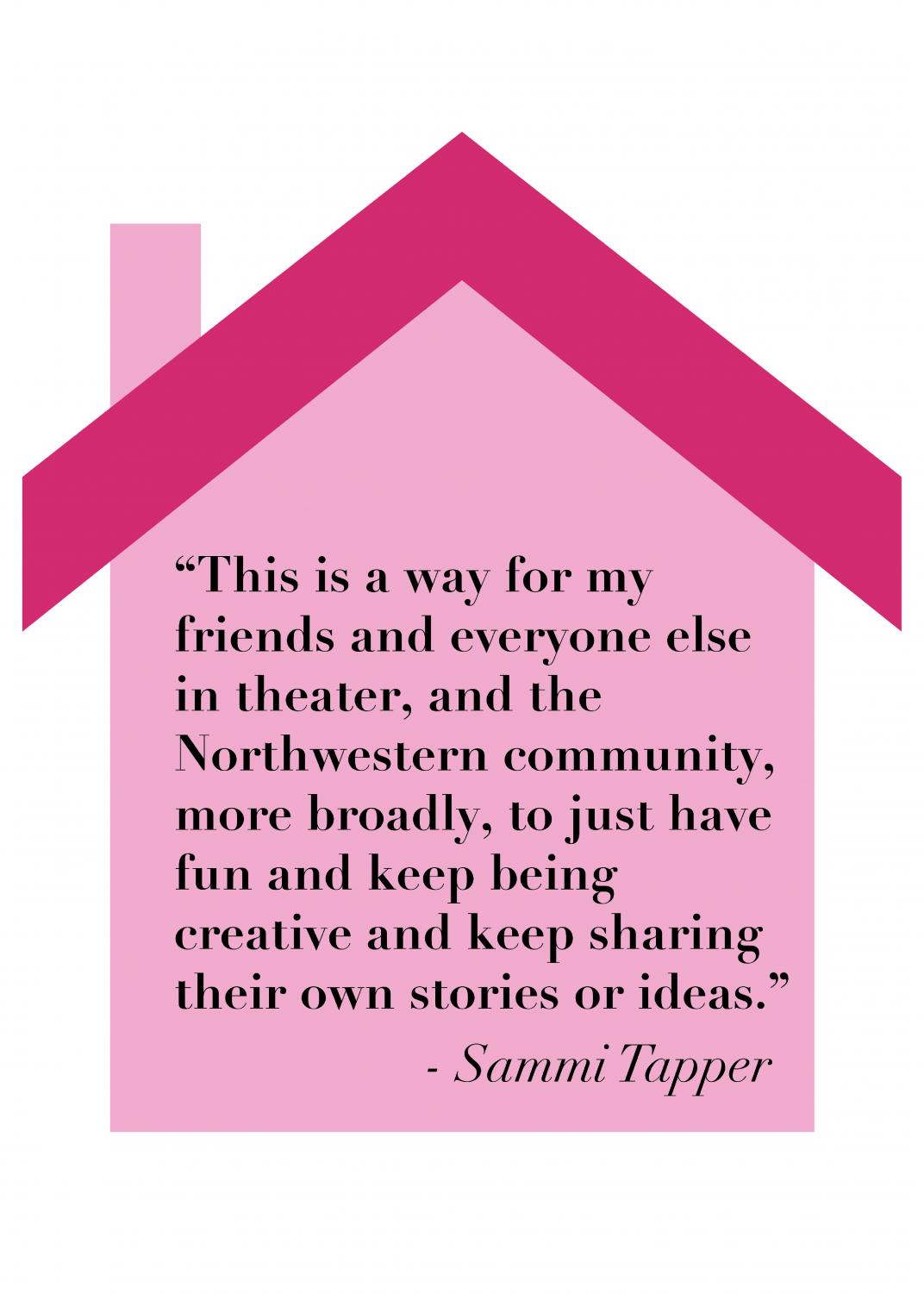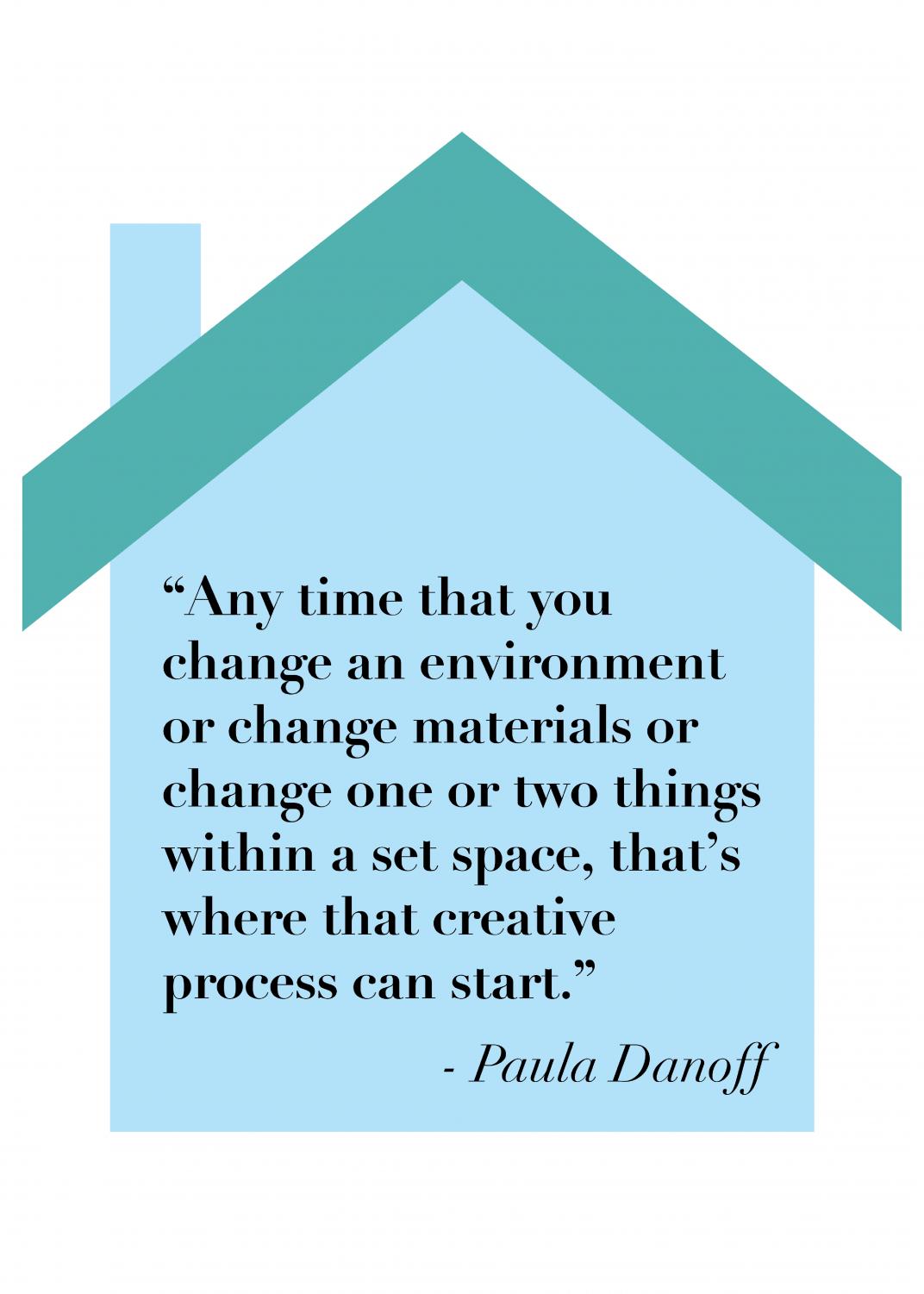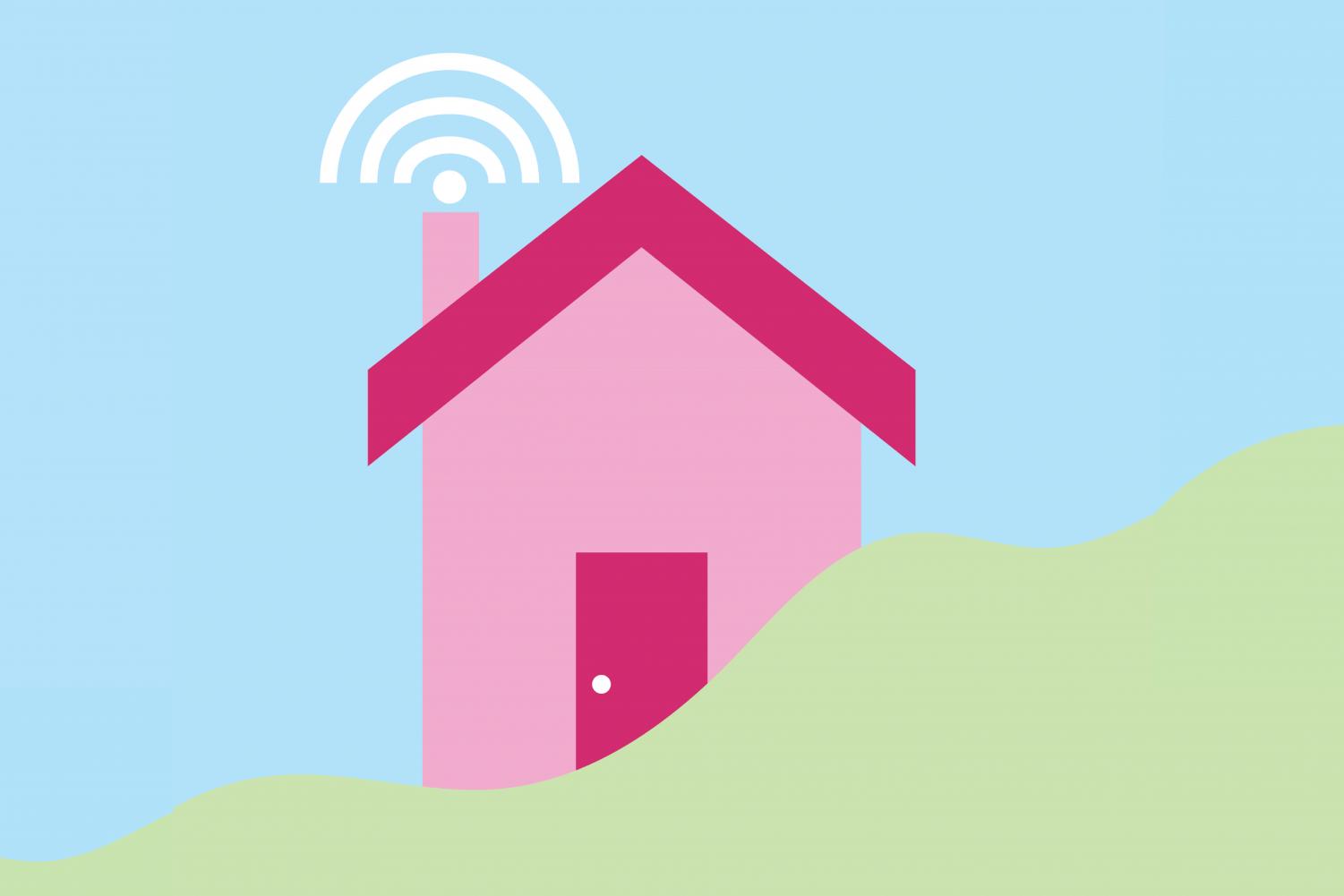Let’s get digital: Northwestern, Evanston arts communities stay connected through online performances, classes
April 22, 2020
Samara Malik did not plan for this.
The Communication sophomore was supposed to direct for Lovers and Madmen, a member board of Northwestern’s Student Theatre Coalition. This year, the board was preparing to put on three staged readings of student-written adaptations during Spring Quarter, and Malik was slated to direct “Carrying.” For months, she worked with her team to fine-tune performances, all so they could be ready to perform the reading live.
But nothing could prepare her — or her actors — for a global pandemic and the closure of the university for the duration of Spring Quarter, effectively eliminating the possibility of any in-person performances for all productions for the rest of the school year. This dilemma has forced arts communities across the globe to decide whether they will proceed with scheduled programming in a new format, transition to virtual methods or cut events altogether.
At Northwestern, some theater boards are postponing their shows to early on in fall 2020, but Malik didn’t have that option, as she plans to study abroad that quarter. For her, it was now or never. So when a board member pitched the possibility of adapting the staged reading to a radio play, she jumped on the idea.
“Plan A was to be back on campus, so this is our plan B, and we didn’t really have any other ideas,” Malik said. “The idea of the staged reading is for the playwright to hear the words and see what their next steps are, having put actors behind the characters, and seeing where directors take this piece that they’ve written. And the radio play is a common and valid way to do that.”
The show must go on
As every arts community undergoes debates on how to proceed amid COVID-19, StuCo boards are working to preserve a sense of community and continue their usual spring activities, in spite of the cancellation of most shows.
Weinberg sophomore Casey Wells, one of StuCo’s co-chairs, said it is through processes such as spring petitions that the Northwestern theater community continues to thrive virtually.
“A big part of it is through all of the normal functioning that we would have been doing
anyway in the spring,” Wells said. “That includes stuff like petitioning for new board members for people who aren’t already on a theater board to join one of them in the spring. Soon we’ll have producer petitions, followed by director petitions. A lot of it is connecting through forward thinking.”
Outside of meetings and performances, students are also continuing to interact through social media. This Week in Student Quarantine, or @thisweekinstudentquarantine on Instagram, is an account started by Communication sophomore Sammi Tapper, to which Northwestern students submit video entries for weekly performance prompts.
Tapper said she started the account because she was looking for a way to encourage other StuCo members to continue performing and creating art. She sees the account’s format as a way to encourage student performers to create light-hearted content, instead of something more hard-hitting.
“This is a way for my friends and everyone else in theater, and the Northwestern community, more broadly, to just have fun and keep being creative and keep sharing their own stories or ideas,” Tapper said. “If people want to do that, I just want to continue to provide an outlet on social media for them to do so.”
Just off Northwestern’s campus, the Evanston arts community is facing similar challenges. At Mudlark Theater, all instruction has moved online — a drastic change from the theater’s typical setup, which includes a mix of productions, after school classes and summer camps. The courses run on two and three week cycles, with a third iteration beginning earlier this week.

Maureen Powers, Mudlark’s executive director, said the theater, which works with children from ages 6 to 14, is one of just a handful of children’s theaters in the Chicago area that has launched an online program. However, she feels the theater’s role in providing arts education for the community has not changed since courses shifted to online.
“We’re concerned about kids losing that opportunity for connection and socialization and creativity,” Powers said. “Any kind of expressive outlet was taken away from them with the stay at home order. So we wanted to, as quickly as possible, pivot and transform the kinds of opportunities that we were able to provide live into online classes.”
Technical difficulties
Although Mudlark made the decision to move online fairly early on, there has still been a steep learning curve. The theater’s education director, Dru Smith, said Zoom has been a relatively new tool for most of Mudlark’s staff.
Foster Pratt, an eighth grader at Nichols Middle School, has been attending Mudlark since he was 8 years old. He is currently taking one of the theater’s online courses, Mudlark’s News Network, and said virtual acting changes the way actors interact, as it removes the physical element of blocking and motion.
Additionally, Pratt said Zoom can present difficulties because actors can accidentally disconnect, have a delay in their video or be difficult to hear due to microphone complications. Because of this, he said every actor has to be prepared to adapt to the unexpected, as it’s impossible to predict when these technical delays might happen.
Virtual programs are also forcing instructors to change their expectations for what a class might look like. Paula Danoff (Kellogg ‘82), the president and CEO of the Evanston Art Center, said this is the first time the Center has had online classes in the 90 years it’s been open, but she anticipates the new online classes may continue even after COVID-19 is over.
Danoff said the center isn’t able to offer all its classes in full, as some — such as a wheel-throwing class — require materials most people don’t own. Though the center has a partnership with Blick Art Materials to ensure delivery of required items to the homes of those enrolled in classes, Danoff recognizes that students will each adapt to the situation in their own way.
“Any time that you change an environment or change materials or change one or two things within a set space, that’s where that creative process can start,” Danoff said. “So having people having to figure all this out is certainly a process.”

Curtain call
In a time where global health is at the forefront of everyone’s minds, it might be a difficult environment to create art. But for many creators, art has served as an outlet for distraction during COVID-19.
Powers said art’s healing power was one of the reasons Mudlark felt it was essential to continue providing classes through the pandemic.
“The arts give kids a way to express (emotions) through games and through other creative outlets, like through a script, where they write through a story that they helped create,” Powers said. “It’s therapeutic for the kids to be able to create stories and respond to what’s going on in their lives through theater.”
And for Malik and many members of her show, theater has served as an escape from reality. By unifying a group of people for a common goal, the fictitious worlds actors create can provide a brief respite from the conflict of the world.
Malik said though she didn’t know it at the beginning of the directing process, the themes in “Carrying,” the play she’s directing, have also exemplified how art allows creators to process their lives at difficult times.
“‘Carrying’ is about dealing with fear and dealing with uncertainty and feeling like you are not enough,” she said. “In a time when everyone is feeling hopeless and feeling isolated, I think ‘Carrying’ kind of speaks to that in a weird way.”
Email: jacobfulton2023@u.northwestern.edu
Twitter: @jacobnfulton1

